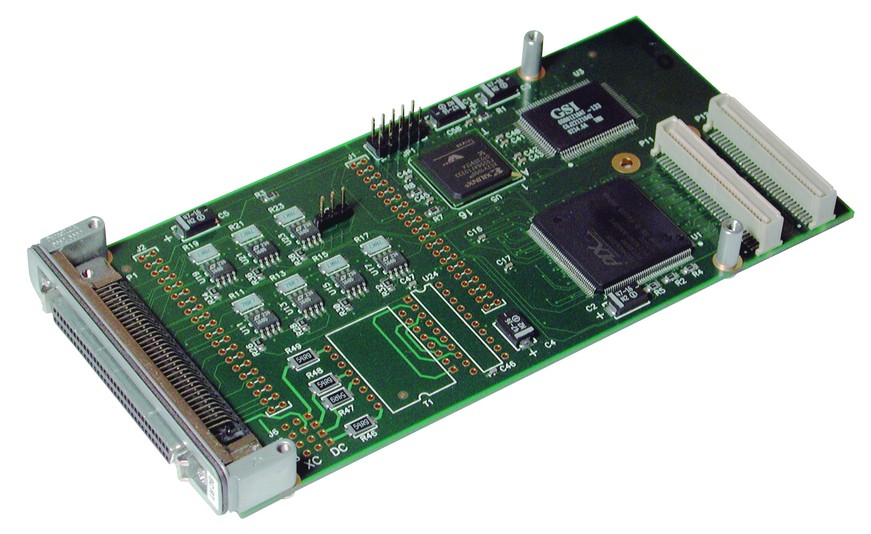Considerable Features of MIL-STD-1553 Standard for Avionics and Aerospace

Originally, MIL-STD-1553 was intended for use on military aircraft’s flight controls. It was thus possible to implement solutions that were safe, secure, redundant, and scalable. The MIL-STD-1553 military standard, which defines the characteristics of a serial communication bus, was recently made public by the Department of Defense in the United States.
The MIL-STD-1553 standard specifies the mechanical and electrical parts of conventional serial data buses. MIL-STD-1553 is a set of standards that contains both physical and protocol requirements to be utilized in aircraft systems.
Data Speed
The data rate that MIL-STD-1553 utilizes is one megabit per second, which provides sufficient bandwidth for a diverse range of uses. On the other hand, some other systems demand far faster speeds.
Key Characteristics
Among the functions offered by MIL-STD-1553 are:
- Multiple layers of duplicated and balanced lines of the physical layer
- An interface to a network
- Time-division multiplexing
- Half-duplex command or response protocol.
MIL-STD-1553 was initially developed for use by the United States Air Force. Nevertheless, the standard is presently being utilized by both special forces and civilian aircraft.
Physical Layer Specification
A bus can have a single wire with an impedance of 70-85 ohms and a speed of 1 MHz using this technology. When a circular connector is used, the bi-phase signal is transmitted through the connector’s center, which is the center point. Isolation transformers are used in transmitting and receiving energy to and from the bus by the transmitters and receivers.
Pros of Time-Triggered Systems
Utilizing MIL-STD-1553 for time-triggered networks offers several benefits, including the following:
- Widely different signaling allows you to specify the amount of time that must elapse between transmitters in order to prevent those transmitters from interfering with one another.
- The utilization of transformer isolation and optional transformer bus coupling, as found in MIL-STD-1553, results in a number of advantageous outcomes.
- The MIL-STD-1553 is adaptable and can be utilized in a variety of settings. Given that the serial data channel in MIL-STD 1553 must be fault-tolerant, this standard is suitable for commercial airplanes.
Upsides of Transformer Bus Coupling
- a DC-only environment
- Rejection in a mode that is common
- Lightning safety measures
- Series-connected isolation resistors guard against short circuits.
- Transformer bus couplings enhance the resistance of stubs with longer lengths.
- MIL-high STD-1553’s transmission voltages allow for a high data rate and long cable length.
Indicators of varying voltage
MIL-STD-1553 specifies three states of differentiated transmission, notably:
- Idle state
- Active high
- Active low
Idle State of Voltage
When a receiver has an idle voltage, it can figure out how long it has been since the last transmission. The idle voltage serves to keep the preceding nodes from colliding.
MIL-STD-1553 uses the Manchester bi-phase signal encoding algorithm.
Takeaway
MIL-STD-1553 is the standard that defines the electrical, functional, and mechanical requirements for serial data buses that are utilized in avionics and aircraft. Time-triggered networking is a potential application for the physical layer outlined by MIL-STD-1553. By utilizing idle voltages, two successive transmitters can avoid clashing, improving communication and safety.










